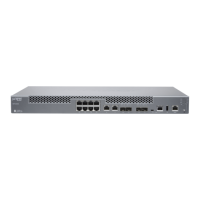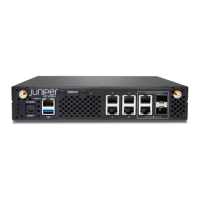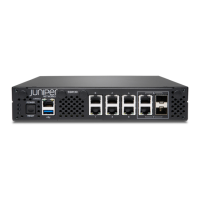5. Extend the black handles on the latches to give you more leverage. See “WPS4
Latches” on page 138.
6. Unseat the module from the backplane by simultaneously moving both latches to
the open position.
7. Gently slide the module out of its slot and place it in the antistatic bag.
Handle the module by its edges and faceplate.
8. If the slot is to remain unoccupied, install a filler panel.
You have successfully completed this procedure.
96-Channel Fixed Mux/Demux (FMD96)
The 96-Channel Fixed Mux/Demux (FMD96) is a passive, rack-mounted module that is
installed alongside a ROADM node to provide local fixed grid access to all 96 wavelengths
in the DWDM 50-GHz channel plan. It has a single bidirectional line port, a monitor port,
and 96 bidirectional client ports with each client port carrying a different fixed wavelength.
See “DWDM 50-GHz Wavelength Plan” on page 219 for the wavelength to client port
mapping. See Figure 45 on page 142 .
Figure 45: Front Panel
The module is standalone and does not communicate with the attached ROADM node,
but it can be represented as part of a ROADM element when managed with a supported
network management system.
The L1 port carries the composite DWDM signal and connects to the ROADM module.
The client ports C1 through C96 provide add/drop access to the individual wavelengths
and typically connect to transponder modules in colocated equipment. The MON port
allows you to monitor the composite signal at the output of the multiplexer and at the
input to the demultiplexer.
The block diagram of the FMD96 is shown in Figure 46 on page 143.
Copyright © 2019, Juniper Networks, Inc.142
BTI7800 Series Hardware Overview and Installation Guide
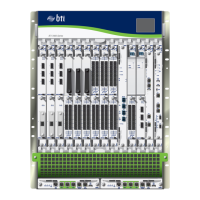
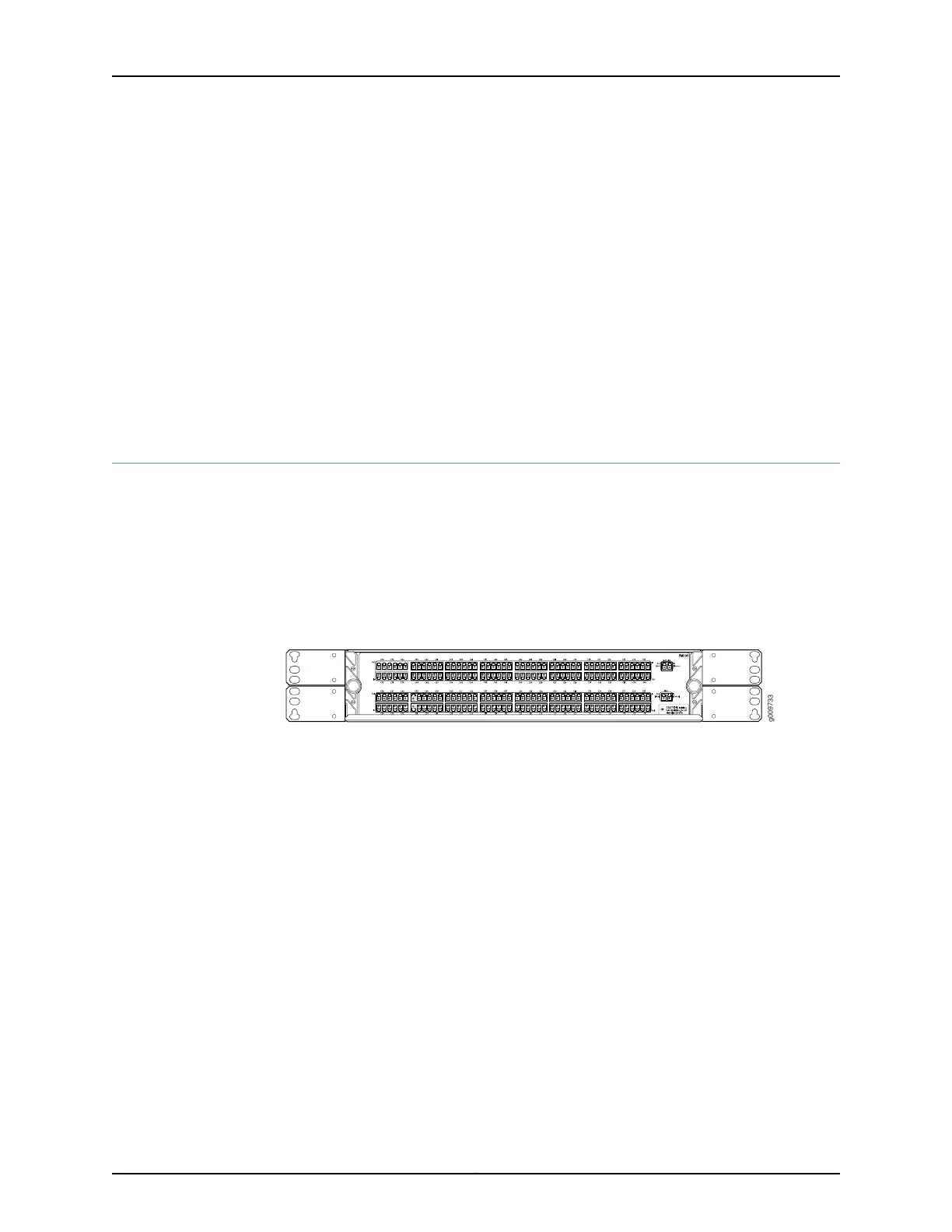